Building a Greener Tomorrow: The Transformative Power of Sustainable Architecture in Residential, Hospitality, and Commercial Buildings
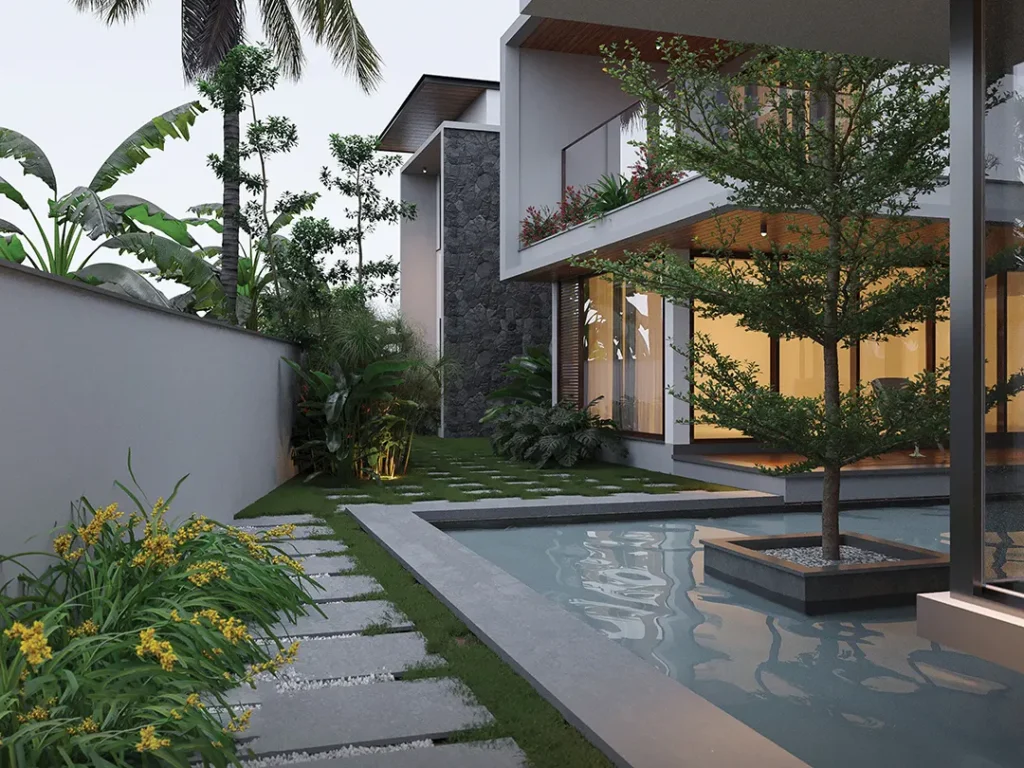
Sustainable architecture acts as an environmental guardian, radically transforming the way we design and construct spaces in the realms of residential, hospitality, and commercial buildings. This innovative approach integrates eco-conscious practices that benefit not only our planet but also the functionality and aesthetics of various structures. From homes that harness solar power to eco-friendly hotels and green commercial spaces, sustainable architecture is paving the way towards a brighter, cleaner future. Let’s delve into the myriad ways sustainable architecture is revolutionizing our world, particularly in the sectors of residential living, hospitality, and commercial buildings.
1. Minimizing Ecological Impact:

In sustainable architecture, reducing environmental footprints is pivotal. This philosophy is deeply integrated into residential, commercial, and hospitality designs, using eco-friendly materials and minimizing energy consumption to ensure a lighter touch on the Earth.
2. Combating Air Pollution
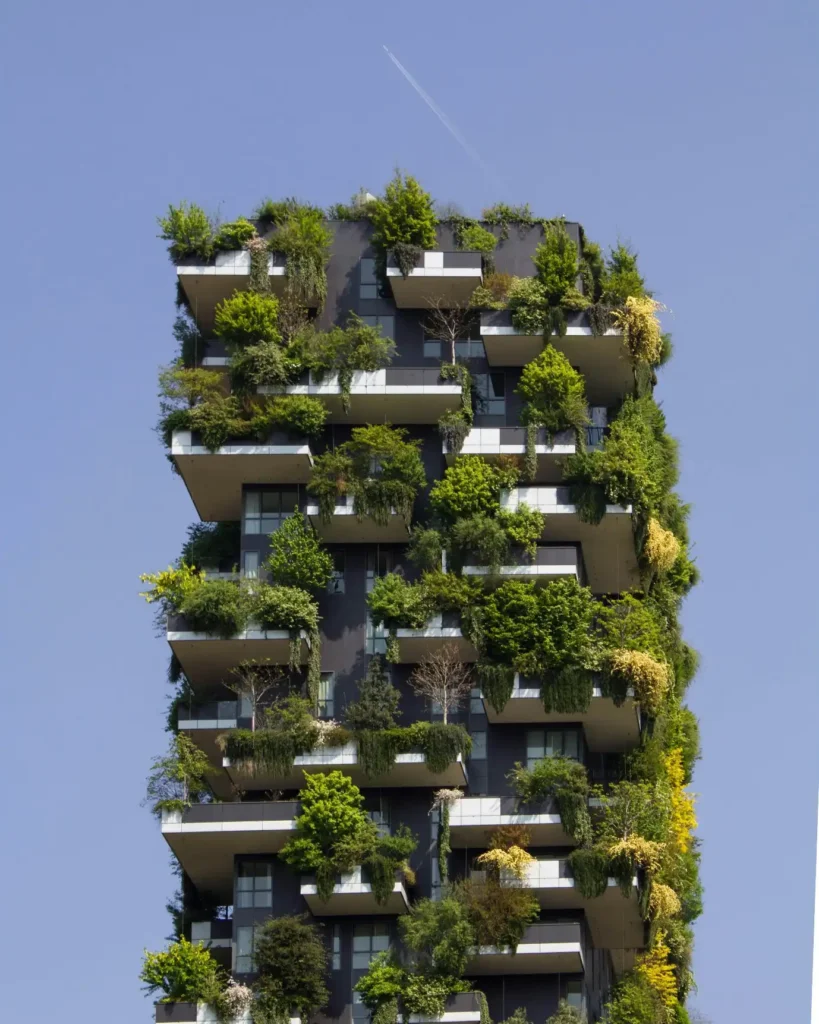
In the heart of cities and suburbs, sustainable buildings are designed to combat air pollution. By using non-toxic materials and advanced filtration systems, these structures contribute to cleaner air, benefiting both urban environments and rural settings alike.
3. Elevating Indoor Air Quality:

Sustainable architecture enhances the quality of life by improving indoor air quality. This is particularly crucial in residential and hospitality buildings where people spend significant time. Through the use of non-toxic materials and efficient ventilation systems, these spaces become havens of health and comfort.
4. Championing Energy Efficiency
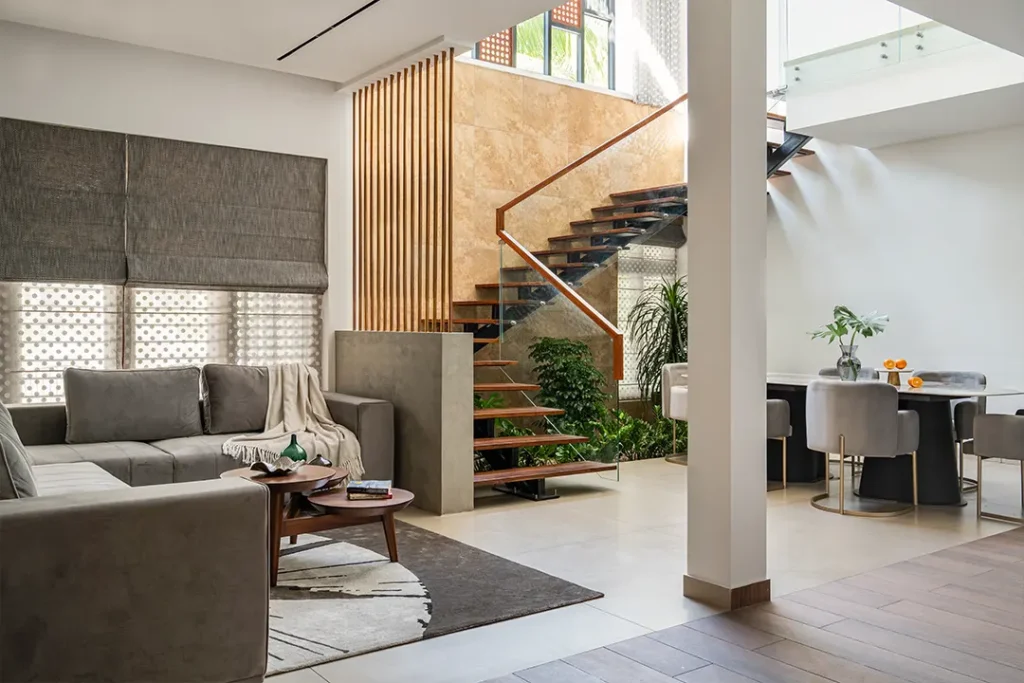
Energy-efficient designs are a cornerstone of sustainable architecture. In residential, hospitality, and commercial buildings, this translates to smart use of resources, optimizing natural light, and incorporating energy-saving technologies, thereby reducing operational costs and environmental impact.
5. Harnessing Renewable Energy
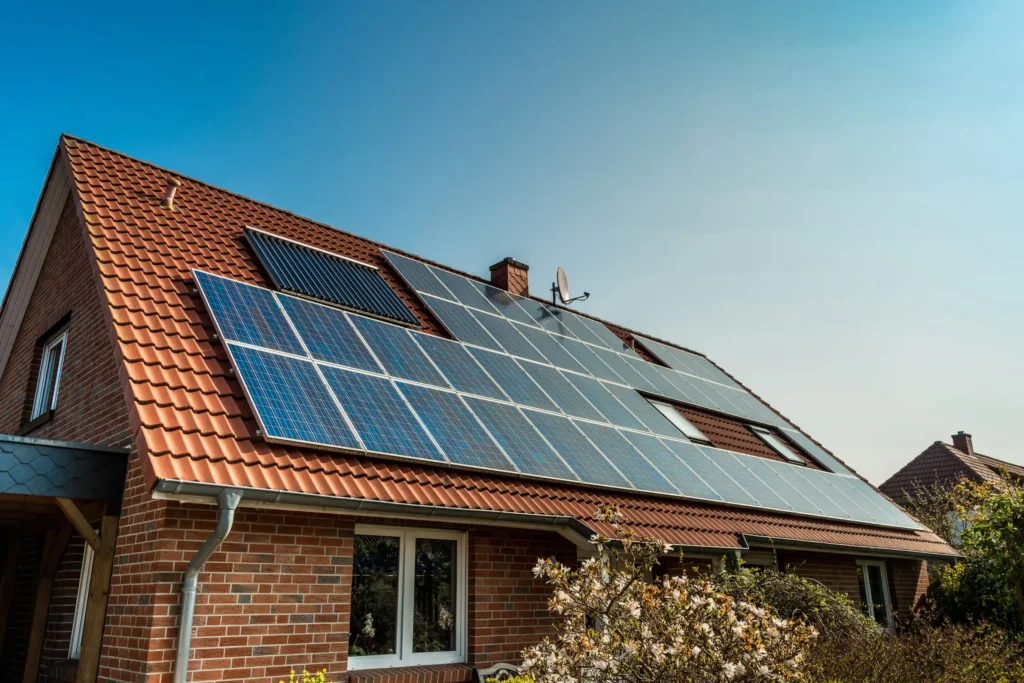
The use of renewable energy sources, such as solar and wind power, is a game-changer in sustainable architecture. Residential buildings with solar panels, energy-efficient hotels, and commercial spaces powered by renewable energy are leading examples of this sustainable transition.
6. Innovative Water Management

Rainwater harvesting and greywater systems are integral to sustainable architecture, especially in residential and commercial buildings. These systems reduce water waste, promote conservation, and exemplify responsible resource management.
7. Promoting Biodiversity
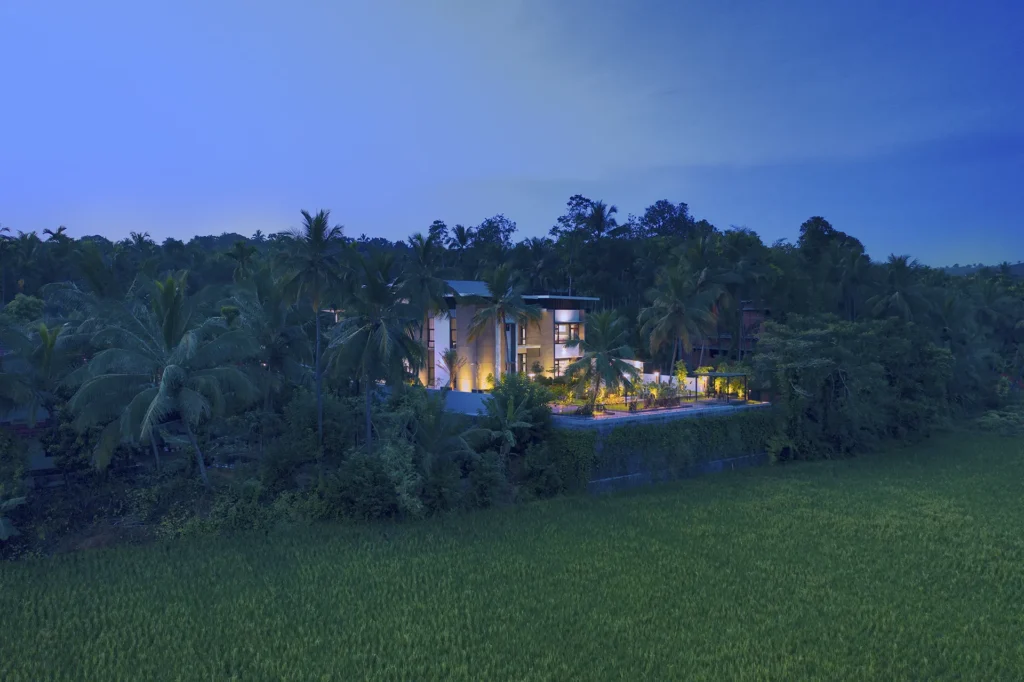
Sustainable architecture often includes elements that encourage biodiversity, like green roofs and landscaped areas. This approach is especially beneficial in hospitality and commercial projects, creating green oases in urban landscapes.
8. Optimizing Site Planning
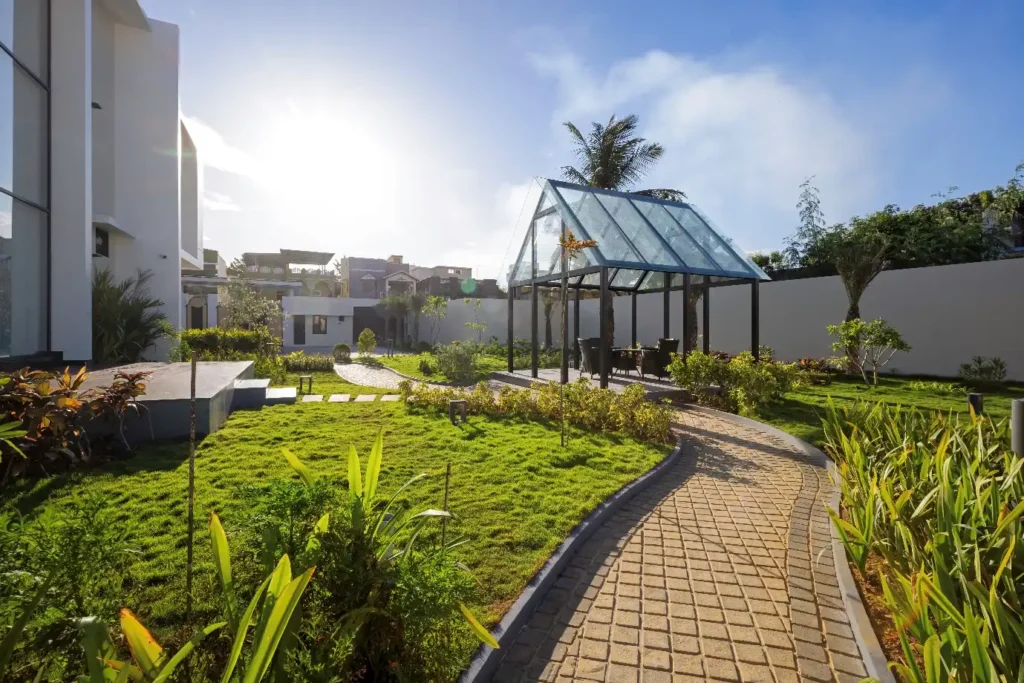
Careful site planning ensures that sustainable buildings, be it homes, hotels, or commercial spaces, harmonize with their environment. This involves strategic orientation, landscaping, and layout planning to maximize environmental benefits.
9. Pursuing Green Building Certification
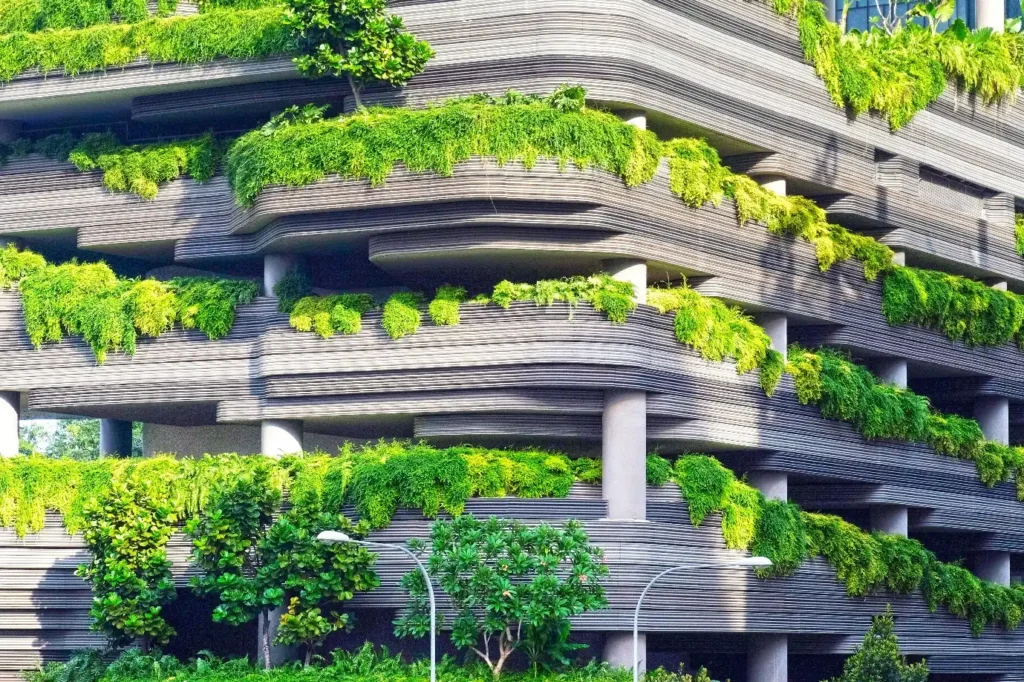
Green certifications, such as LEED and BREEAM, are highly sought after in the sustainable architecture realm. Achieving these certifications for residential, hospitality, and commercial buildings signifies adherence to the highest environmental standards.
10. Cultivating Sustainability Awareness
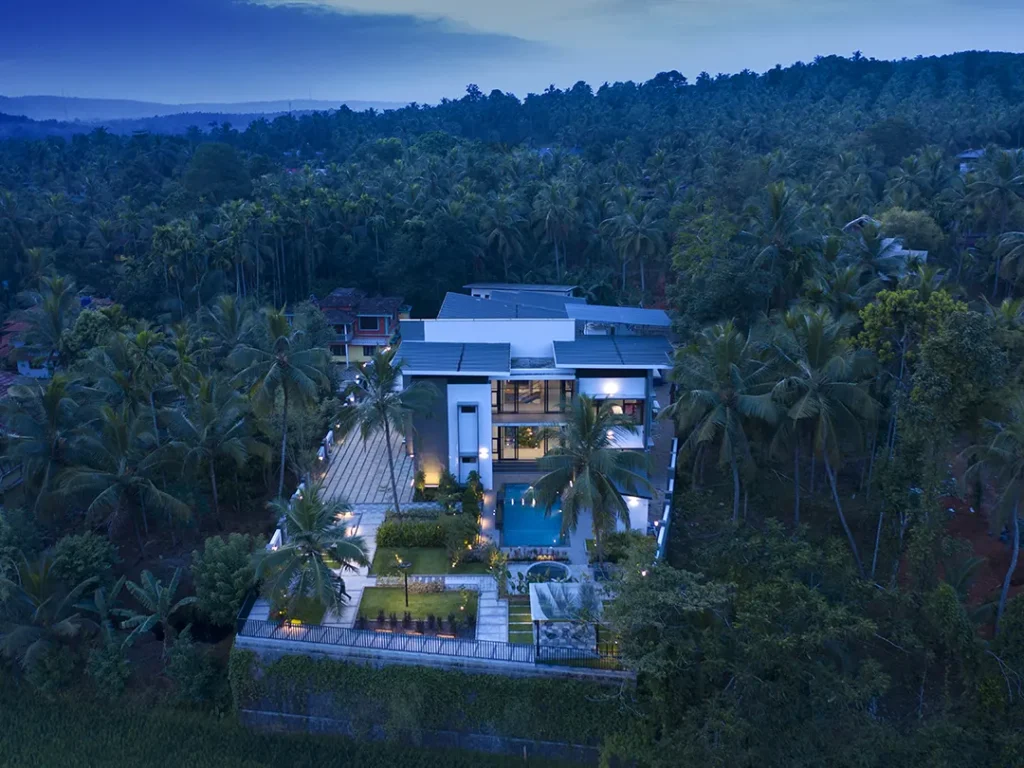
Sustainable architecture goes beyond building design; it fosters a culture of sustainability. This is particularly evident in the commercial sector, where green buildings serve as tangible examples of environmentally responsible practices.
Conclusion
In conclusion, sustainable architecture is not just a design philosophy; it’s a commitment to a healthier, more sustainable future. By integrating eco-friendly practices in residential, hospitality, and commercial buildings, sustainable architecture is setting new standards for environmental responsibility. It’s a movement that not only changes the way we build but also the way we think about our relationship with the environment. Through sustainable architecture, we are building a legacy of stewardship, ensuring that our impact on the planet is one of care, conservation, and continuous renewal.

